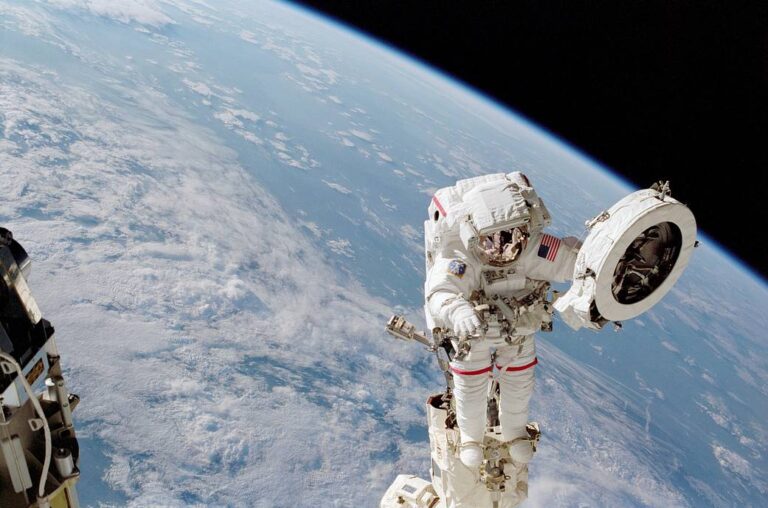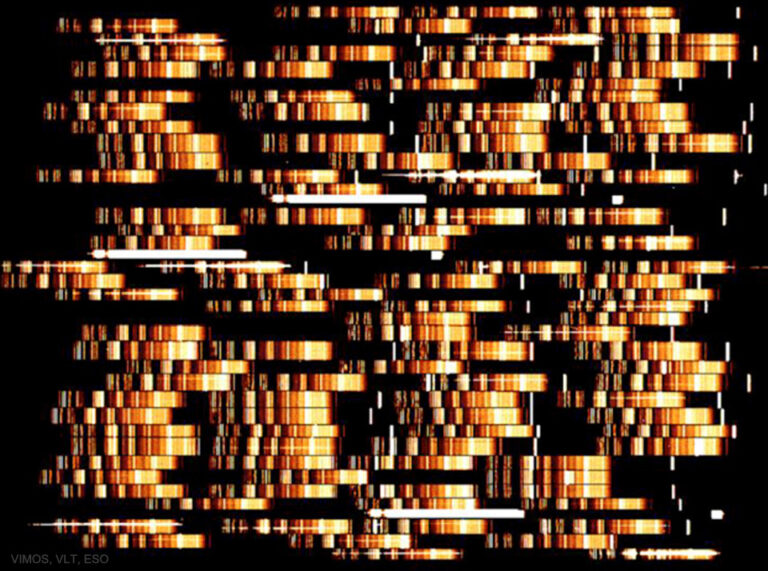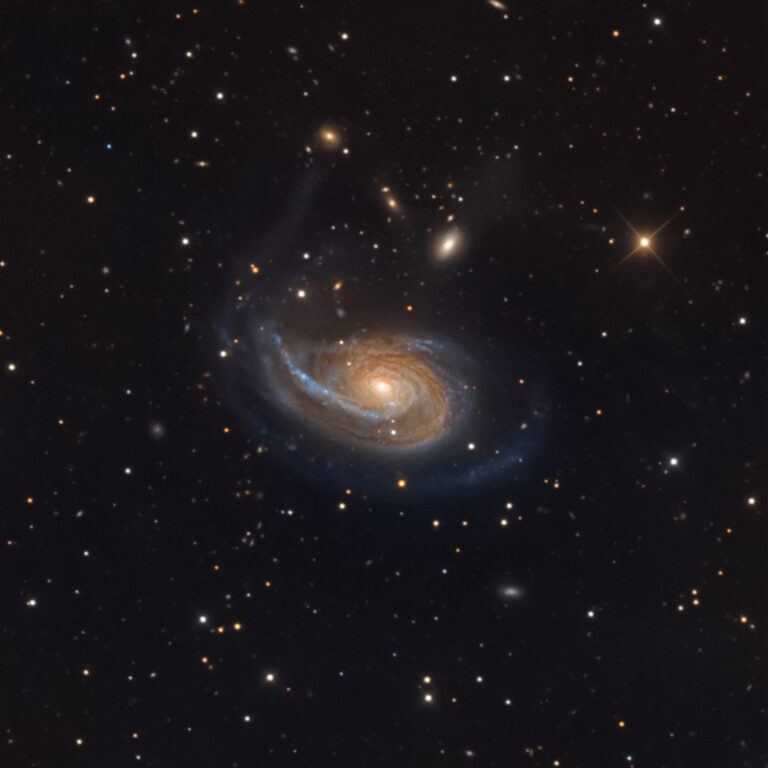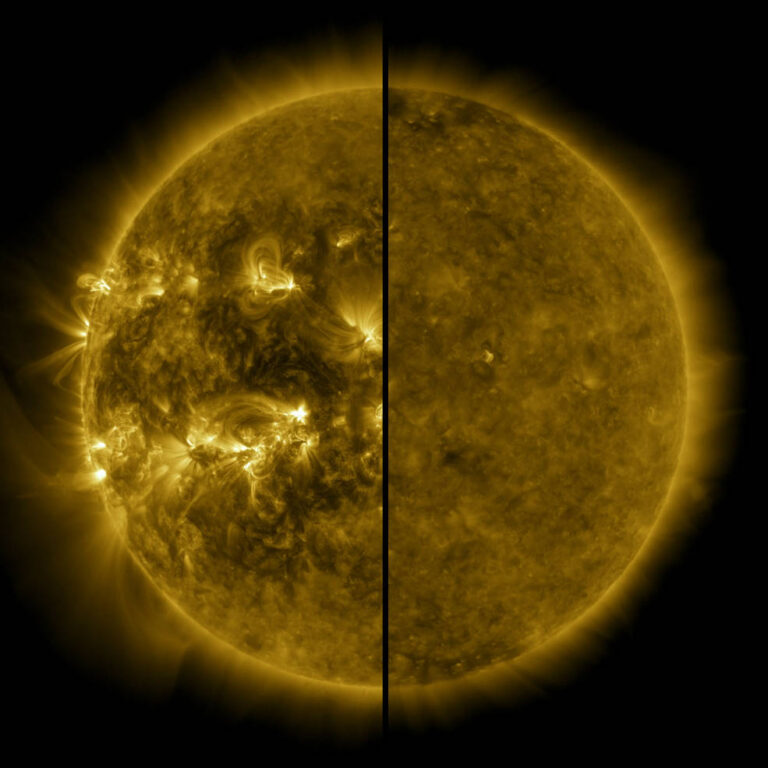富兰克林·昌·迪亚兹(Franklin Chang-Diaz)在STS-111任务中执行太空行走
In this image from June 2002, astronaut Franklin R. Chang-Diaz works with a grapple fixture during a spacewalk on the STS-111 mission to perform work on the International Space Station. The first spacewalk of the mission began with the installation of a power and data grapple fixture (PDGF) for the station’s robotic arm on the complex’s P6 truss. The fixture will allow the robotic arm to grip the P6 truss for future station assembly operations. Astronauts Chang-Diaz and Philippe Perrin (with French space agency, CNES) went on to install the new fixture about halfway up the P6 truss, the vertical structure that currently supports the station’s set of large U.S. solar arrays. Chang-Diaz is Hispanic of Costa Rican descent. He is also a veteran of…










